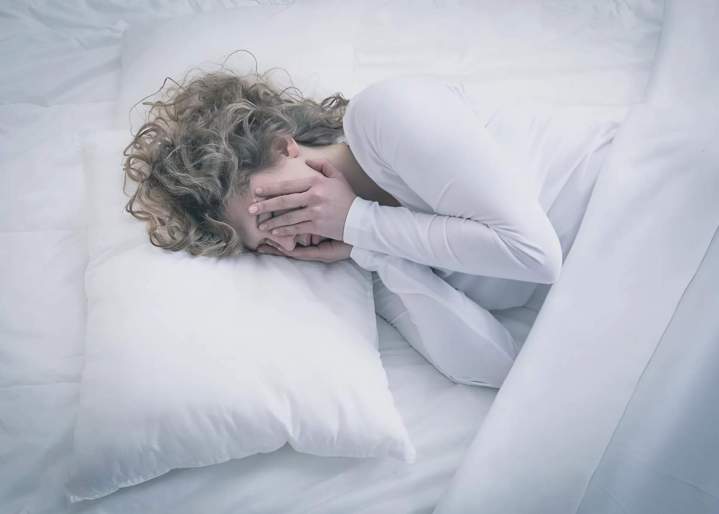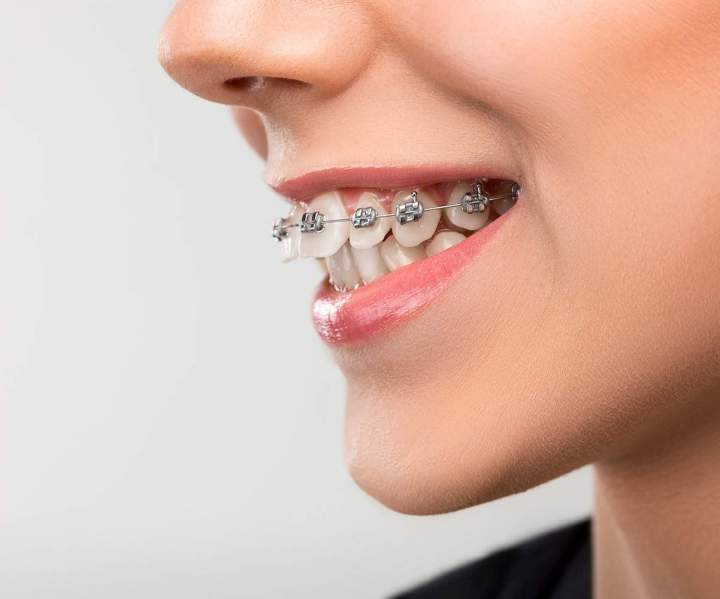Oral Appliances for Sleep Disorders – Toronto
Sleep-Disordered Breathing/Apnea is defined as a disturbance of sleep patterns over an extended period of time. A common reason for this condition is a poorly positioned jaw and/or tongue, which can lead to snoring and a blocked airway.
The result can be a significant reduction in oxygen needed for rejuvenation, healing, and a good night’s sleep. This condition is also linked to children suffering from ADD, bedwetting, learning difficulties, and growth problems.
How does snoring indicate OSA?
Sleep-disordered snoring and obstructive sleep apnea (OSA) are similar respiratory sleep disorders. Snoring noise is produced when the air you breathe vibrates the tissues of the airway due to a blockage or narrowing of the airways (nose, mouth, or throat).
Snoring is often an indicator of something more serious called obstructive sleep apnea. Obstructive sleep apnea occurs when your breathing regularly stops or is slowed for 10 seconds or longer due to blocked or narrowed airways.
Airway blockage may be caused by excess tissue in the throat or nasal passages, large tonsils, a large tongue, and sometimes the structure of the jaw itself.

Fundamentals of Sleep Apnea:
In Greek, apnea literally means “without breath.” The more common reasons people experience obstructive sleep apnea (OSA) are:
- A large uvula
- Deformation of the jaw/nasal cavity
- Excess weight
- Allergies
Symptoms Linked to Sleep Apnea:
- Snoring, gasps, choking, or gurgling sounds
- Excessive daytime sleepiness
- Waking up feeling exhausted after a normal night of sleep
- Morning headaches
- Heartburn and GERD
- Depression
- Frequent episodes of obstructed breathing during sleep
- Bruxism (tooth grinding)
Long-Term High-Risk Dysfunctions:
- High blood pressure (HBP) and cardiovascular disease (heart attack and stroke)
- Sexual dysfunction
- Compromised immune system
- Irritability
- Learning and memory problems
- Poor mental and emotional health
Why is OSA a serious problem?
When your breathing stops due to OSA, your brain will automatically arouse you enough to start breathing again. These constant arousals result in fragmented sleep that robs your body of the rest it needs to function properly during the day. OSA is classified as mild, moderate, or severe, depending on the number of stops (apneas) or slow breathing (hypopneas) per hour.
Treatment :
- Continuous positive airway pressure (CPAP)
- Oral appliances
- Surgery
- Myofunctional therapy
- Buteyko breathing
